
Coupled climate models systematically underestimate the radiation response to surface warming
Do climate models realistically represent the coupling between Earth’s surface warming and the top-of-the atmosphere radiation? Dirk Olonscheck,…

Collaborative hacking: Max Planck Institute for Meteorology hosts the largest hackathon for Earth system modeling
From March 4 to 8, the Max Planck Institute for Meteorology will be hosting a hackathon for intensive hacking, bug-finding, bug-fixing and lots of…
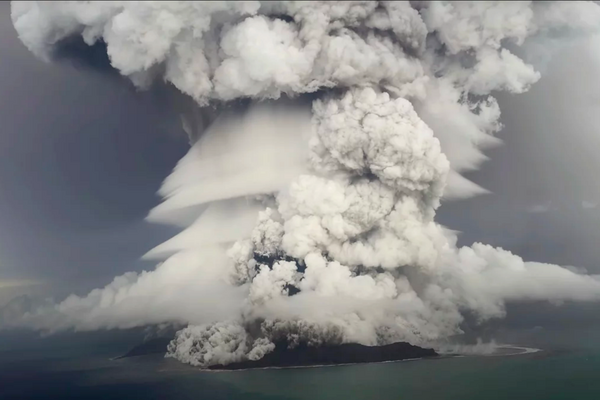
How a volcanic water vapor cloud influences its own transport through the stratosphere
Dr. Ulrike Niemeier and her co-authors have successfully simulated the transport of a volcanic water vapor cloud through the stratosphere. The…

Max Planck Institute for Meteorology welcomes Hasselmann-fellow Lin Lin
The 2024 Nobel Laureate Fellowship will be awarded to Lin Lin who will start her project in February hosted by the Department Climate Variability. In…
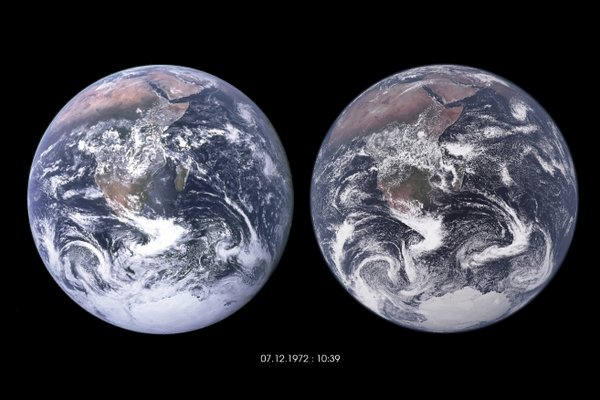
Weather and Climate Model ICON published under Open Source License
The scientific and research community in Germany and Switzerland is setting a milestone in climate and weather research: Since January 31, 2024, the…
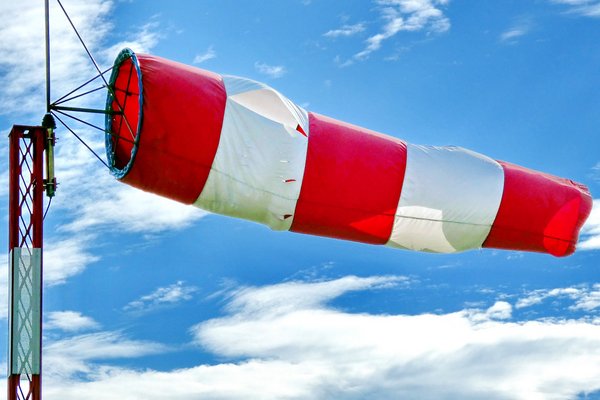
An oscillating wind system in the tropical stratosphere: future evolution and new projections
The “quasi-biennial oscillation” (QBO) is a well-known wind system characterized by alternating layers of westerly and easterly winds encircling the…
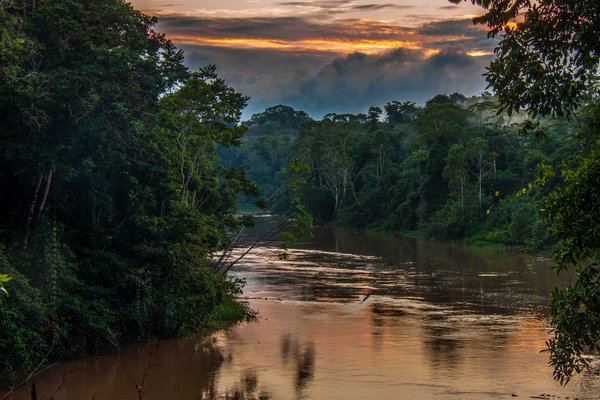
Tropical wetlands drove methane changes since the last glacial
In a new study in Climate of the Past Dr. Thomas Kleinen and Prof. Victor Brovkin, researchers at the Max Planck Institute for Meteorology, together…
![[Translate to English:] [Translate to English:]](/fileadmin/_processed_/a/2/csm_T_warmworld_49ea77b5fd.jpg)
WarmWorld project at full speed
With the first day of spring we also kick off the full module-team of the BMBF-funded WarmWorld project. Within this project, the Max Planck…
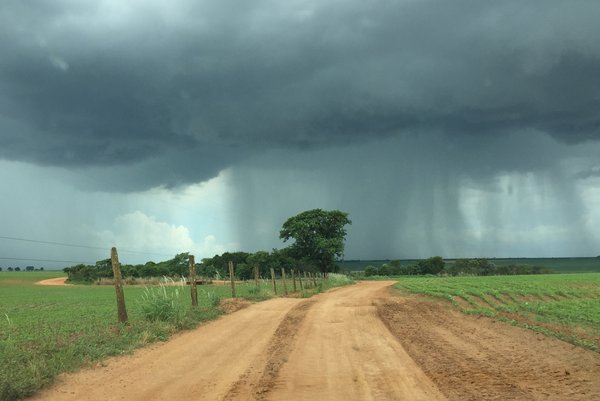
What the development of global climate models at the km-scale teaches us about tropical convection
Accurately capturing location, diurnal as well as seasonal variability of the tropical rainbelt, over land and over ocean, has remained beyond reach…
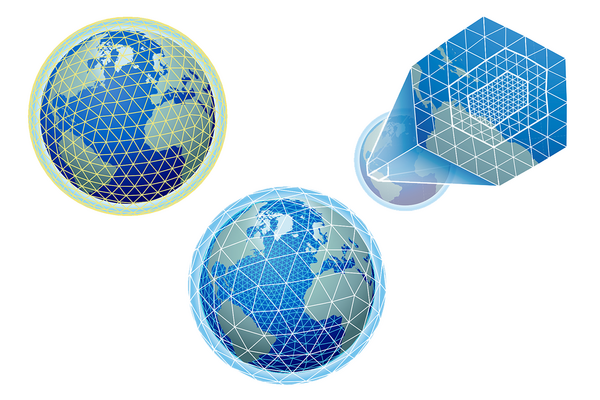
The first release of ICON-Sapphire, targeting simulations of the Earth System at kilometer scale
Do thunderstorms in the atmosphere affect the meandering of ocean currents? What is the effect of ocean eddies on the carbon budget? Investigating…
![[Translate to English:] Original NASA Blue Marble photo left, visualization right. Credit: MPI-M, DKRZ, NVIDIA](/fileadmin/_processed_/0/b/csm_T_Blue_Marble_80a4131a99.jpg)
Revisiting the Blue Marble: ICON simulating the coupled climate system at 1 km
The early 1970s is often associated with the birth of the modern environmental movement. In 1970 the first Earth day was celebrated, and Greenpeace…
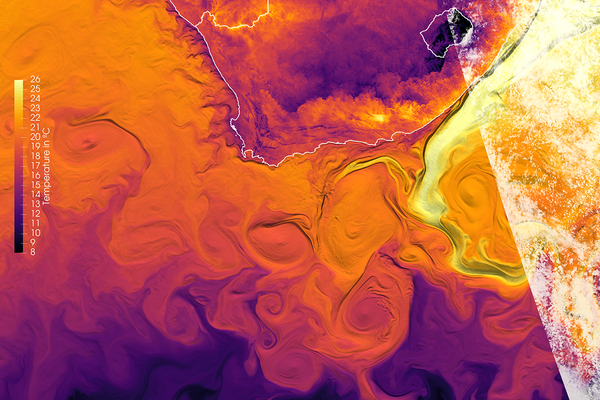
Technical milestone reached: global Earth system simulations with 1.2 km resolution
The Max Planck Institute for Meteorology (MPI-M) has opened a new chapter in Earth System Modelling that has been a dream for climate scientists and…

